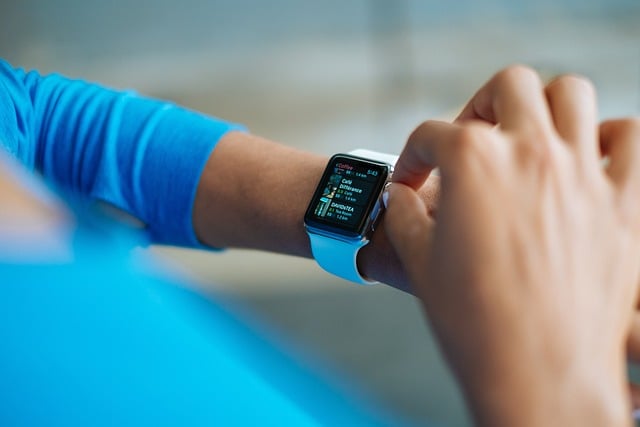A recent clinical trial conducted by the University of Nottingham in collaboration with Neurotherapeutics Ltd unveiled a promising prototype wrist device for managing Tourette syndrome. The Neupulse device, designed to reduce and prevent tics, demonstrated a significant decrease in both frequency and severity of tics among 121 participants in the United Kingdom.
The Neupulse devise can help Tourette Syndrome individuals
The Neupulse device, despite being in early development, has shown promising results in a UK-wide double-blind clinical trial. Professor Stephen Jackson, the Chief Scientific Officer at Neurotherapeutics Ltd, emphasizes the potential of the device to significantly enhance the quality of life for individuals with Tourette syndrome. The device offers the possibility of better control over tics, addressing a common challenge faced by those with the condition.
Tourette Syndrome (TS) is a prevalent neurodevelopmental disorder, frequently identified in children aged eight to 12. Tics, involuntary and repetitive sounds or movements, are characteristic of TS and may occur multiple times a day. Individuals with TS experience a compelling urge, known as a premonitory urge (PU), just before the occurrence of tics.
Researchers from the University of Nottingham utilized repeated electrical stimulation on the median nerve (MNS) at the wrist to induce rhythmic brain activity associated with movement suppression. This method significantly decreased tic frequency, intensity, and urge in participants with positive results.
Rhythmic MNS resulted in 35% reduction in tic severity
The study involved daily home use of the device for 15 minutes over one month, with participants providing feedback and some being recorded on video. Rhythmic MNS led to a substantial reduction of over 35% in tic severity, with 59% of individuals experiencing at least a 25% reduction in those who received active stimulation.
A 13-year-old participant in a trial, Mylo Roberts, experienced unusual symptoms since toddlerhood, diagnosed at 10 due to worsening symptoms. Describing the device used in the trial, he mentioned its ease of use, resembling a watch, with a button to start. Proper pad placement is emphasized to avoid slight discomfort during stimulation, which Mylo describes as a non-painful, unique sensation on the wrist and forearm.


